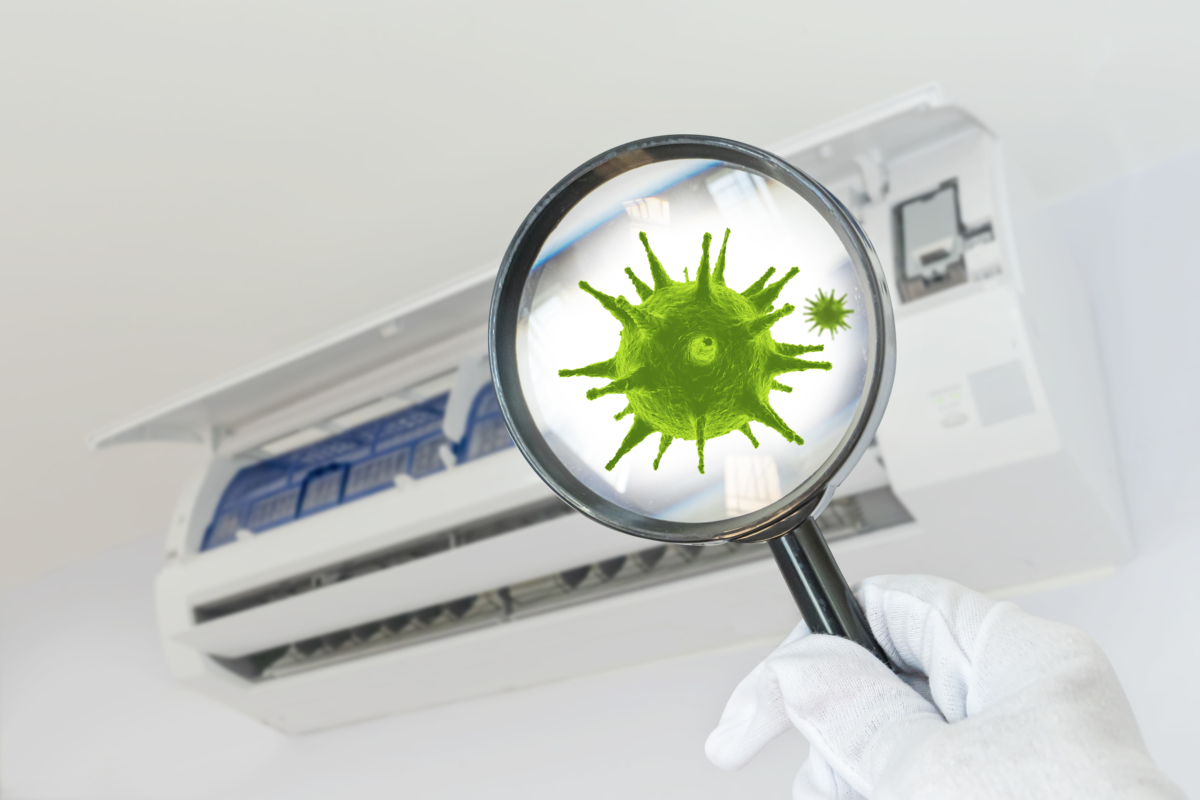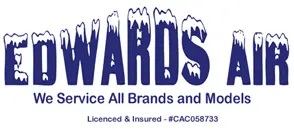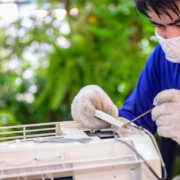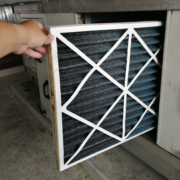
Is Air Conditioning Helping Spread COVID in the South?
Coronavirus, an infectious disease attacking one’s lungs, hinders your breathing process and leads to more breathing tract complications. In the South, there has been an upsurge in COVID cases day after day. The continuous record of new infections has contributed significantly to the global rise of the coronavirus. While there are many cases still on the rise, the number of deaths has so far spiked, especially in Brazil and Mexico, the most populous countries in the South.
One of the most popular ways to regulate your house temperature is by using an air conditioner. The only problem is that scientists have found that it may be the sole reason for spreading the virus in families during this winter and summer amidst the pandemic. This is according to research done by scientists from Harvard Infectious Disease (HID). From their vast experience in studying other airborne diseases such as Tuberculosis, they suggested that the many uses of air conditioners across central and Southern America may be the primary reason for the rising cases of COVID-19.
Why Air Conditioning?
The most popular way of regulating your house or office temperature is using an air conditioner. One disadvantage of using an air conditioner during this cold period of the pandemic is that it may blow away the SARS-CoV-2 virus into people forcing them to inhale. During this period, most people spend a lot of time indoors, which has led to increased use of air conditioners in houses.
You never know when you will contract the coronavirus. However, during winter many people will prefer being close to each other at home and even in restaurants. One may touch surfaces that have the virus droplets on them or come into contact with a positive individual unknowingly.
Role of Air Conditioning in Spread of Coronavirus
During the hot summer, conditions could be similar to those in winter. Areas with high usage of the air conditioners have been proven to have an increased number of COVID-19 cases compared to other places where they don’t use them.
While there will be blurring heat in hot weather, the air conditioner will blow in dry air in the house. While in a room and an infected person exhales, the air goes up, and the air conditioner may blowback dry air into the room. A fraction of the exhaled air will be then inhaled, and it might have droplets of coronavirus, which leads to many people being infected unknowingly.
The virus is spread through droplets when an individual coughs, sneezes or while talking.
In an experiment, Chinese scientists indicated that ten out of a hundred people were infected with the coronavirus. All the diners sat on different tables directed towards the air conditioner. Small droplets of the virus were released in the atmosphere, and the HVAC was turned on to full power, which led to blowing of the tiny droplets of the virus into the restaurant making the persons inhale it at different levels.
Further tests are being done by researchers at the Oregon Health and Science University Hospital in Portland (OHSUH). The researchers carried out swabs from various HVAC systems in the hospital and later on tested the swabs for any genetic presence of the coronavirus.
Two out of Eight samples taken from the swabs tested positive. This result shows that the air conditioner might have been among the contributors to the large spikes in the COVID cases.
Effective Ways of Reducing Transmission while Indoors
When it comes to AC, it is safe to employ some of the following precautions to minimize coronavirus spread.
Since installing better HVAC systems, especially in commercial buildings, proves to be expensive, it is advisable to install HVAC units that blow in air from outside. They reduce the level of recirculation of the exhaled air in the room. It could be perfect if one is interested in heating up or cooling their homes as well as protecting you and the people around you.
Another technique that should be employed is installing airborne disease cleaners on the walls. They would also have to be fixed on the HVAC’s opening for them to kill the virus in the room and sanitize the air being blown in. When air is blown in, the currents circulate in the room to where the UV light emitter is placed making it necessary for the UV radiation to take effect on the virus present in the air and helps keep those indoors safe from COVID-19.
The sanitizers emit UV radiation that is not harmful to humans, and they are much safer compared to how the sun damages the skin. They are deemed to be one hundred per cent effective in killing germs and viruses. The germicidal units have so far proven to protect people from other airborne diseases such as TB.
The M-CADR, Machine’s Clean Air Delivery Rate, is a tool installed on your HVAC unit and can be used as an air cleaner in houses. It makes the air conditioner only operative when a sick person is around your home. The machine helps in reduction of the viral load being exhaled by the patient.
People can also ensure proper ventilation in the rooms that they reside in. This way, people can also control the amounts of air that flows in and out of their houses. The use of portable room air cleaners is also another way to control the airflow. However, air cleaners may have limited airflows.
When looking for the right air conditioner during this period in South America, start by checking reviews of each type of HVAC system available in the market and how it operates. The machines come in different styles and sizes, and one can choose their best type depending on costs or setups.
While working towards acquiring the right unit for your new home or towards replacing your old unit, one can consult those who have installed the safe units in their houses. Consulting enables you to learn the types, advantages and the drawbacks of different air conditioners.




